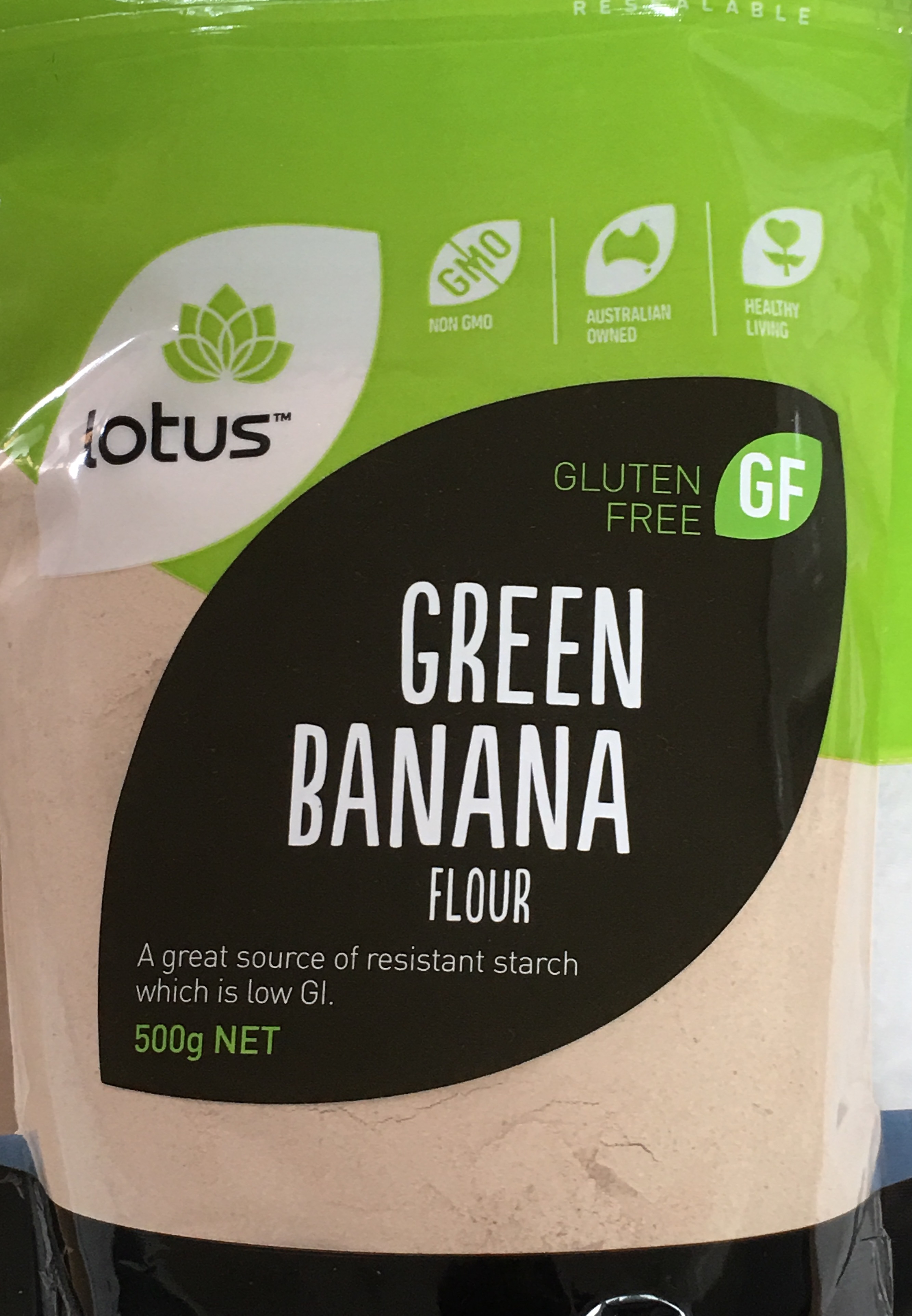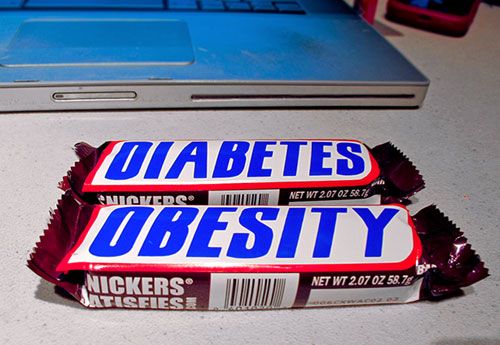39 carbs on food labels
What "Net Carbs" On Food Labels Actually Means What "Net Carbs" On Food Labels Actually Means By Stephanie Lee 11/06/15 11:00AM Comments ( 6) A myriad of low-carb products are marketed as having "zero net carbs", but a closer look at the... Added Sugars on the New Nutrition Facts Label | FDA The new Nutrition Facts label can help you compare and choose foods that are lower in added sugars. Check the label to see if foods are LOW or HIGH in added sugars. 5% DV or less is a LOW source ...
Understanding Food Nutrition Labels | American Heart ... The U.S. Food and Drug Administration (FDA) regulates the Nutrition Facts label seen on packaged foods and drinks. In 2016, the FDA released changes to the label to make it easier to see how many calories and added sugars are in a product and to make serving sizes more realistic.
Carbs on food labels
How to Read a Food Label | Atkins When you look at most food labels, you won't see a number representing the grams of carbs that impact your blood sugar. These high-glycemic carbs are the carbs that you need to count known as the Net Carb count. Fortunately, you don't have to be a food scientist or math whiz to figure it out. How to Calculate Net Carbs - Healthline To calculate the net carbs in whole foods, subtract the fiber from the total number of carbs. ... Nevertheless, remember that the "net carbs" listed on food labels can be misleading, and ... Get Smart On Carbs | ADA - American Diabetes Association In short, the carbs we consume impact our blood sugar—so balance is key! There are three main types of carbohydrates in food—starches, sugar and fiber. As you'll see on the nutrition labels for the food you buy, the term "total carbohydrate" refers to all three of these types.
Carbs on food labels. How to Read a Food Label to Make Sure It's Keto in 3 Easy ... Total Carbohydrate (4 grams) - Dietary Fiber (1 gram) = 3 grams Net Carbs. The Total Carbs for ⅔ cup of this packaged cauliflower is 4 grams, and the Net Carb is 3 grams. Why the 2 camps. The reason there's an impassioned debate about whether to count Total Carbs or Net Carbs is because both camps are right. I know. How to Read Carbohydrates on Nutrition Labels Breakdown of the Label. If we break down the carbohydrates section of a nutrition label it usually has 3 parts. Carbohydrates-Sugars-Dietary fibre. The top carbohydrates row is the total amount of carbs present. Made up of all the sugars, dietary fibre and starch, which is the remaining amount after the sugar and fibre. Food Labels | CDC If you eat the whole thing, you are eating 8 times the amount of calories, carbs, fat, etc., shown on the label. Total Carbohydrate shows you types of carbs in the food, including sugar and fiber. Choose foods with more fiber, vitamins, and minerals. Choose foods with lower calories, saturated fat, sodium, and added sugars. Avoid trans fat. How Do They Calculate Calories on Food Labels? Calories on food labels The 1990 Nutrition Labeling and Education Act (NLEA) for the first time required that food manufacturers put the amounts of nutrients and calories on the package label. Instead of using the bomb calorimeter method to establish calories in foods, manufacturers began using an easier process: the Atwater method.
Understanding food labels | Diabetes UK Carbohydrates are not included in the 'front of pack' information partly because there is no set criteria for determining what the amount of low, medium or high carb is in a particular food. The 'back of pack' labelling provides detailed information on other nutrients including carbohydrates. How to Read Carbohydrates on Food Labels - GlycoLeap When learning how to read carbohydrates on food labels, always remember that 1 serving of carbohydrate is equal to 15 g of carbohydrates. If you want to have a snack, it is recommended to eat no more than 1 to 2 servings of carbohydrates in one sitting. That would be around 15 to 30 g of carbohydrates. Snack = 15 - 30 g of carbohydrate Food Labels: Carbohydrates | Home & Garden Information Center The 2015 Dietary Guidelines for Americans makes the following recommendations about daily consumption of unrefined carbohydrate foods, based on a 2,000-calorie diet: Choose fiber-rich fruits, vegetables, and whole grains often. 6 ounces of grain products, with at least half of this amount being whole grain products 2 ½ cups vegetables Low Carb Guide to Understanding Nutrition Labels The carbohydrate count is given as total grams, and then broken down into carbs from fiber and sugar. Focus on total carbohydrate. Sugar should be zero as often as possible (1-2g at most). Fiber is a carb and should be included in your total for the day (initially 30g or less). Again, pay attention to the serving size.
Reading Food Labels | ADA The Nutrition Facts labels on foods are really the key to making the best choices. We'll cover the basics so that these labels make shopping easier for you. Get started Understanding Carbs You've heard it all. From carb-free to low-carb, to whole and empty carbs, it's hard to know what it all means. Learn more Food & Blood Sugar Food Labels and Counting Carbs - dummies Total Carbohydrate is listed in grams. Because %Daily Value is written in bold and off to the right side of the label, and lined up neatly with the actual amount, it is easy to allow your eye to zero in on the %Daily Value rather than the actual amount in grams. Reading Food Labels and Avoiding Hidden Carbs - Kiss My ... The problem was - it wasn't really removed, it was simply renamed on food labels. Monosodium glutamate is produced during some manufacturing processes of certain ingredients that go into food. Due to this bogus technicality it doesn't have to be called MSG on food labels, it's labelled as the original substance that was put into the food. Reading labels | Diabetes UK Key points Always look at the 'total carbohydrate' on the label when carb counting. This will make sure you are counting both the complex (starchy) and simple (sugary) carbs in your food. Both will raise your blood glucose (blood sugar) levels, and need to be matched with insulin.
Fats, sugar, carbs: How to read a food label (and seven ... For example, if you consider that a slice of bread or a piece of fruit contains 15-20 grams of carbs per serve, then a food that contains 60-80 grams of carbs per serve is an energy-dense food that needs to be eaten in controlled portions. A balanced meal will contain 30-60 grams of carbs per serve. The higher the wholegrain content, the better.
This Is How to Read a Nutrition Facts Label on the Keto Diet This act mandated that, with a few exceptions, all packaged foods needed nutrition labels — thus creating the black-and-white labels we see on packaged foods today. The nutrients that required labeling included: Calories Calories from fat Total fat Saturated fat Cholesterol Sodium Total Carbohydrate Dietary fiber Sugars Protein Vitamin A Vitamin C

Learn About Food Labels For Healthy Food Choices | The National intended for Healthy Food Labels ...
How to Read Food Labels | Your Low Carb Hub The below label shows there are 4.3g of carbs in a 15ml serving size which is equivalent to one tablespoon. 3.4g of this is sugar. There is 22.7g of sugar in 100ml, that's 5.6 teaspoons of sugar. The World Health Organisation (WHO) recommends no more than 5-10 teaspoons of added sugar in an entire day.
How to Understand and Use the Nutrition Facts Label | FDA It can tell you if a serving of food is high or low in a nutrient and whether a serving of the food contributes a lot, or a little, to your daily diet for each nutrient. Note: some nutrients on the...
Learning To Read Labels :: Diabetes Education Online The serving size listed is 3 pieces (or 90 grams if you are weighing the product). The grams of total carbohydrate per serving is 30 grams. If you eat 6 pieces, that is two servings. You would be getting 60 grams of total carbohydrate (1 serving = 30 grams of total carbohydrate, 2 servings = 60 grams of total carbohydrate).
How To Read Nutrition Labels (Like a Pro) - Ditch The Carbs Firstly you need to understand the difference between total and net carbs. TOTAL CARBS = sugars + starches +fibre NET CARBS = total carbs - fibre Carbohydrates will be on the nutrition label are often broken down into carbohydrates, sugars, starch, and fiber. However, each brand may display its nutritional contents differently.
Reading food labels: Tips if you have diabetes - Mayo Clinic Just as food labels can help you avoid certain foods, food labels can also serve as your guide to free foods. A free food is one with: Fewer than 20 calories a serving Less than 5 grams of carbohydrates a serving Do the math Pay attention to serving sizes.
How To Figure Out The Carbs On Nutrition Labels - Eat Out ... Carbs on a label also refer to fiber and the sugars that are the composition of the food — like the natural sugars that are found in fruits, vegetables, grains, and milk.






Post a Comment for "39 carbs on food labels"